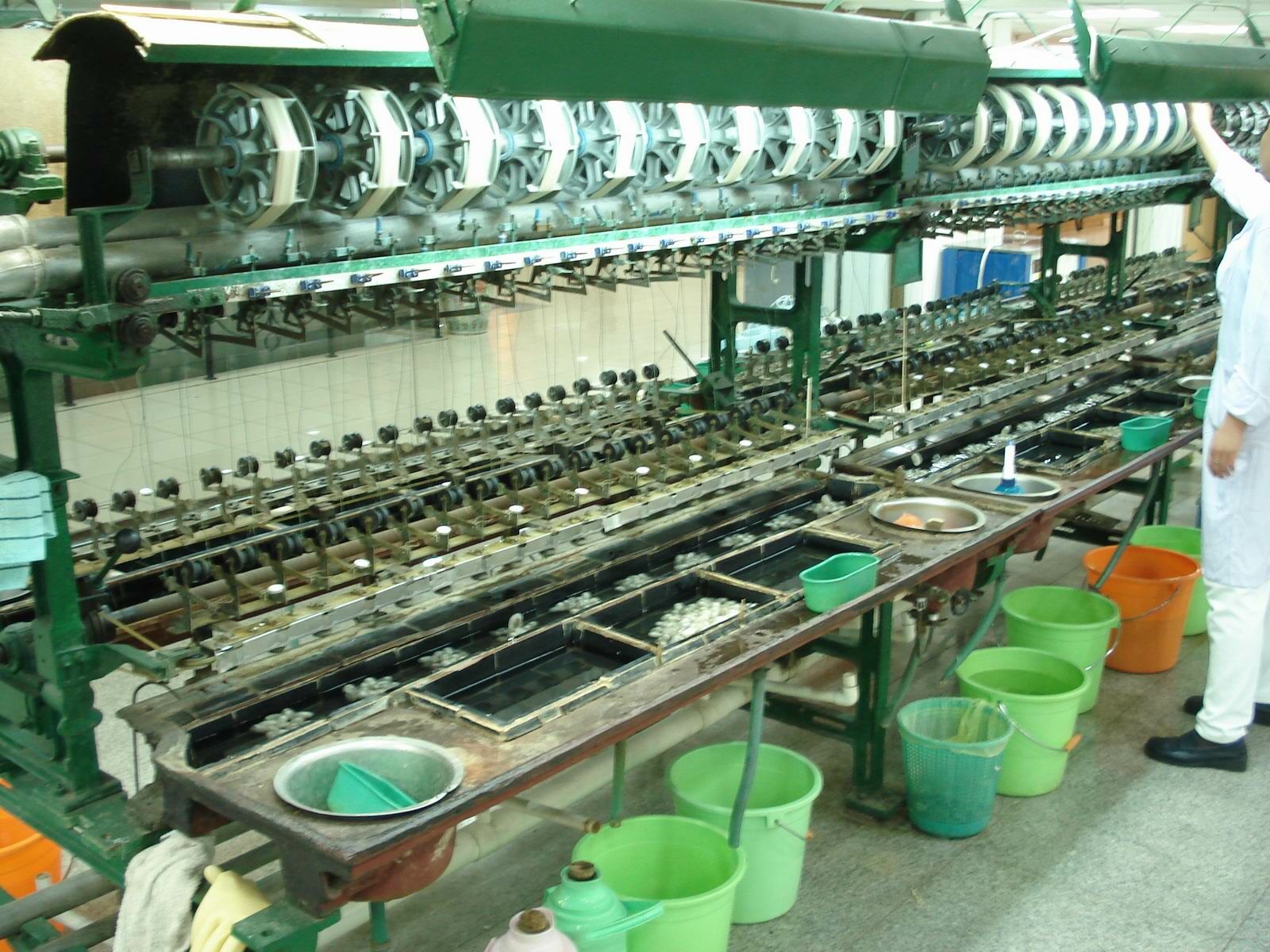China’s industrial output and retail sales miss forecasts, raising recovery concerns

China‘s industrial output and retail sales growth for April fell short of expectations, indicating the economy experienced a further slowdown at the beginning of the second quarter. This comes amid a series of recent data pointing to a shaky post-pandemic recovery.
In April, China’s industrial output increased by 5.6% year-on-year, picking up pace from the 3.9% growth seen in March, according to data from the National Bureau of Statistics (NBS). However, this was significantly lower than the anticipated 10.9% increase predicted by a Reuters poll of analysts. Retail sales saw an 18.4% surge, a considerable acceleration from the 10.6% growth in March, but still below the expected 21.0% increase.
The year-on-year figures were heavily influenced by the declines experienced in April last year, when major cities, including the financial hub of Shanghai, were under strict anti-virus lockdowns and restrictions. These measures severely impacted the growth of the world’s second-largest economy in 2022.
Recent data has shown shrinking imports in April, deepening factory gate deflation, and worse-than-expected bank loans, signalling weak domestic demand. This has increased pressure on policymakers to support the economic recovery as global growth falters. Despite keeping interest rates unchanged yesterday, markets are expecting more monetary easing in the coming months.
Chinese policymakers are also facing challenges from recent Western bank failures, high global borrowing costs, and the ongoing Ukraine conflict. High domestic debt and a still-fragile property market remain concerns.
The data further revealed that fixed asset investment grew by 4.7% in the first four months of 2023, compared to the same period a year earlier. This was lower than the anticipated 5.5% growth and the 5.1% increase seen in the January-March period. The property sector remained weak, with investment in the industry declining by 6.2% in January-April, following a 5.8% decrease in the first three months.
Hiring levels remained low among companies concerned about their finances. The nationwide survey-based jobless rate in April was 5.2%, a slight decrease from the 5.3% seen in March. However, the youth jobless rate reached a record high of 20.4%, up from 19.6% in March, reports Channel News Asia.
Latest Thailand News
Follow The Thaiger on Google News:


























